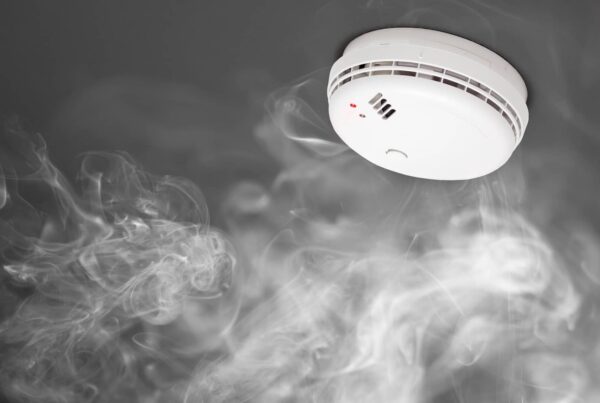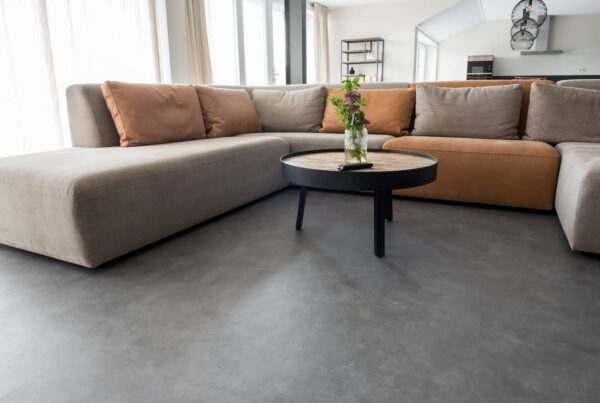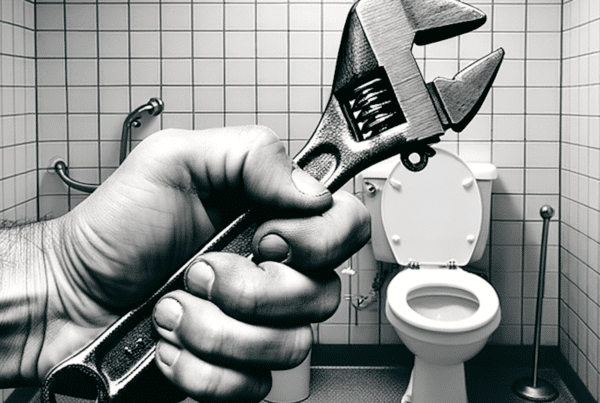
Peeling back the layers of home maintenance reveals a world of hidden challenges, where unfamiliar terms like “wall ghosting” might just catch you off guard. Far from supernatural, this phenomenon leaves a mark on aesthetics and the health of our homes. It’s not pretty and its presence is best avoided – but is wall ghosting dangerous?
In the sections below, we’ll get to know more about what causes wall ghosting, potential risks, and how to prevent it.
What Causes Wall Ghosting?
Wall ghosting occurs when condensation or soot collects on colder sections of your walls and ceilings. This often leaves unsightly streaks, patches, or spots. This can happen for various reasons, including:
- Temperature and Moisture Fluctuations: Warm, damp air inside your home. This can condense on cooler, uninsulated areas of walls and ceilings, particularly where the wood frame is exposed.
- Combustion Sources: Burning candles, oils, wood stoves, or using a fireplace. All of these can release soot into the air, which then attaches to colder spots, contributing to ghosting.
- Inadequate Ventilation and Filtration: Dirty HVAC filters or insufficient ventilation can allow dust and soot particles to circulate and settle on your walls and ceilings.

Is Wall Ghosting Dangerous?
While wall ghosting itself is not dangerous, it serves as a visible cue to underlying issues in your home that could have long-term effects. The primary concern with ghosting is what it signifies—poor insulation, excessive moisture, or inadequate ventilation.
These conditions can create a breeding ground for mold, which does pose health risks, particularly to those with allergies or respiratory conditions.
Moreover, the presence of soot, as seen in homes with frequent use of candles or fireplaces, can affect indoor air quality. Therefore, while ghosting is not a direct health threat, it’s a sign that your home may need attention to prevent more serious issues from developing.
How Can I Prevent It?
Prevention is an art, a series of deliberate steps to ensure your home remains a masterpiece free from the blemishes of ghosting:
- Rethink Your Welcome Mat: A sentinel at your door, trapping dust and soot. Regular cleaning or reconsidering its necessity can reduce its role in this narrative.
- Seal Windows and Doors: Fortify your home’s defenses against the cold! Drafts that whisper through unsealed edges lay the canvas for ghosting.
- Maintain Your HVAC System: A clean filter every 90 days ensures the air inside your home flows pure and clear. This is an unseen but critical guardian against the specters of soot and dust.
- Control Indoor Humidity: Deploy exhaust fans in more humid spaces—the bathroom and kitchen—to combat excess moisture. A dehumidifier can further shield your home, keeping the air within the ideal realm of comfort.
- Inspect Attic Insulation: The attic, when properly insulated, distributes temperature evenly, leaving no corner for ghosting to hide.

Old air filter next to a new one, highlighting the importance of replacing them regularly
Other Recommended Maintenance
In addition to addressing wall ghosting directly, other maintenance practices contribute to a healthier, more aesthetically pleasing home environment.
If the ghosting on your walls is a symptom of mold growth, acquiring knowledge on mold prevention becomes crucial. This involves understanding the humidity levels in your home, ensuring proper ventilation, and identifying potential water leaks.
Also, do not overlook the importance of sealing doors and windows, including those in the basement. Though easily forgotten, these areas can be critical entry points for moisture and cold air, exacerbating the conditions that lead to ghosting.
When Do I Call A Professional?
If the eerie shadows of ghosting linger despite your efforts, the expertise of a professional becomes necessary. These experts can distinguish between benign soot and potentially harmful mold and provide tailored solutions.
Also, enlisting a local home inspection team can uncover hidden factors contributing to ghosting. They can offer a comprehensive strategy to safeguard your home against future occurrences.
Conclusion
Wall ghosting, a cryptic signal from your home, doesn’t need to be a source of concern any longer. With the knowledge to identify, prevent, and eradicate it, probably handle it on your own.
However, the shadows on your walls are a call to action. They’re a reminder of the continuous care our homes require to remain healthy and vibrant. If you’re unsure what’s causing ghosting on your walls or need to schedule an inspection of your home, call All Coast Inspections in Houston, TX, and surrounding areas.



